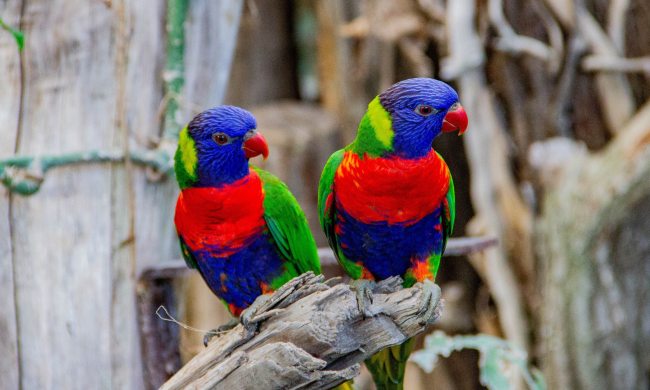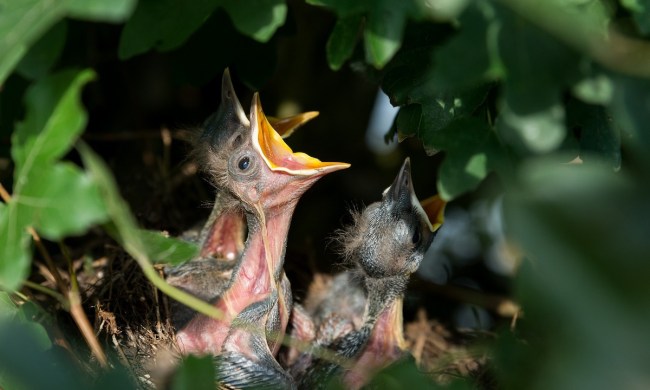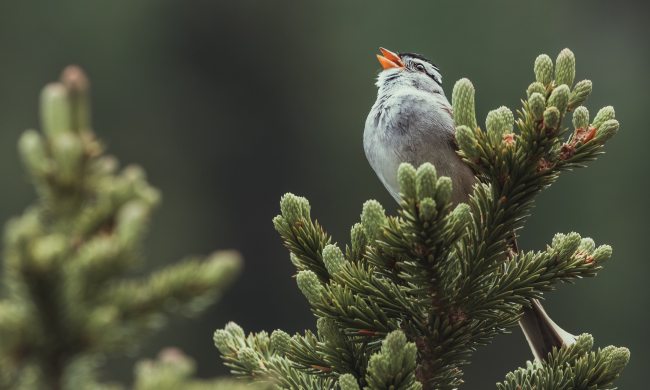In many ways, owning a bird is very different from owning a cat, dog, or hamster. For starters, we guess you’d be pretty surprised if you found your calico flying around the room. But in some ways, all pets are the same, especially when it comes to toys. Birds, like all of these others (and us too, of course), love to play. In fact, your avian perhaps needs even more mental stimulation because they’re so smart and social. While you should keep your animal company much of the time, she will also enjoy playing games by herself or with her cage-mates. Don’t want to shell out more cash for easily destroyed toys? Find out more about how to make bird toys and try out a couple of these commonplace items to engage your bird.
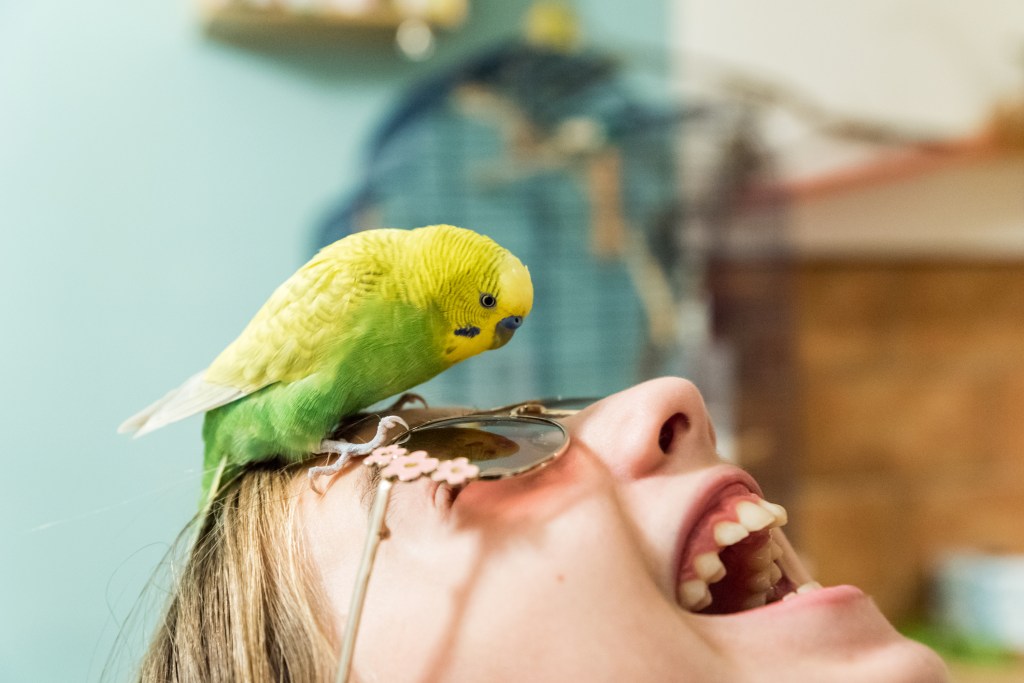
What do birds like to play with?
Even in the wild, you might find birds picking at string or diving toward shiny objects. They love to have fun by discovering exciting new things. Our feathered friends are also prone to destruction and may rip apart even their number-one pick, so let them have toys they’re free to tear apart. If you direct her destructive energies into cheap toys, you’ll avoid having your curtains or furniture played with. Make sure you monitor her actions to avoid any choking hazards, but otherwise, encourage her reign of terror over shredded paper.
How do you make bird toys out of household items?
You likely already have a few of her favorites lying around: rope, branches, cloth, pinecones, paper, and coconut shells. For some these, you can set them in the cage and let her take the lead. Just be sure you don’t give her anything unsafe. Rope will make a good swing or “chew” toy, though it can also pose a hazard if there’s a possibility of her getting caught up in it. Branches similarly will bring in bugs or other parasites if you just pick them up from outside. You can order these items specially made for birds, or you can simply pass along items like old wooden spoons that you no longer need. Gather a pile of materials that you think might make a good toy, or piece of one, and start planning out your designs.
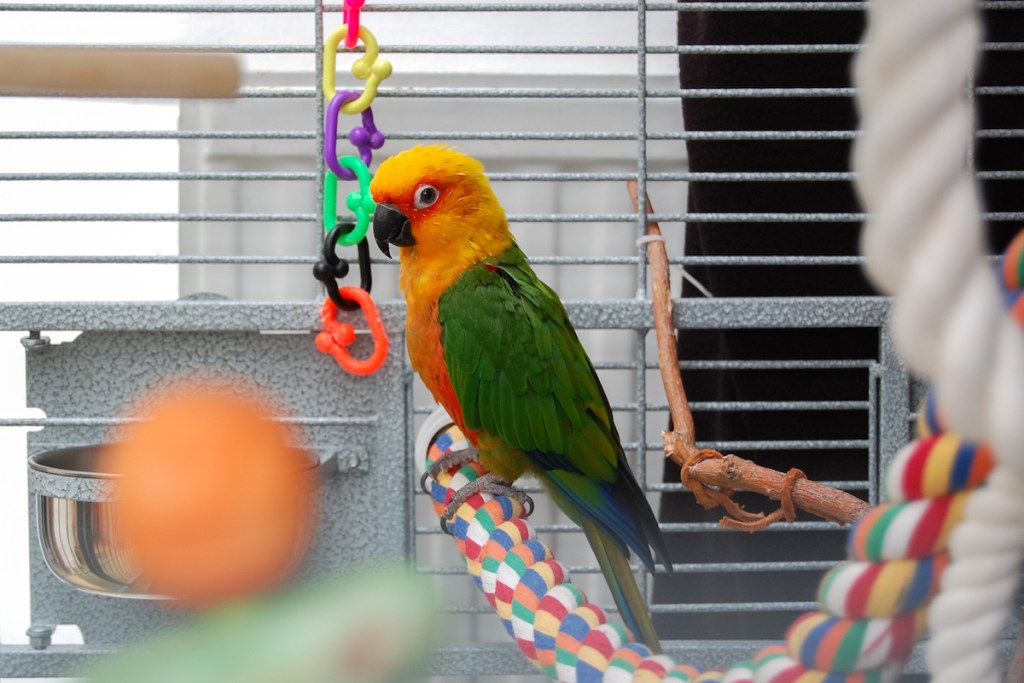
How do you make homemade parrot toys?
Now that you have your ingredients, it’s time to build a few things for your birdie. A mirror attached to the cage will keep your avian occupied for hours while she sizes herself up. Also try a food toy, like a pinecone dipped in seed and berries (use peanut butter as your glue, not honey; honey is bad for birds). Get clever by hiding food or tying it to a string just out of reach to force her to think critically to get at the treat. Consider throwing in straw or hay to keep her beak busy. There are almost endless possibilities once you gather all the potential building blocks from your home.
What shouldn’t your bird play with?
Even though we’re sure you’ll find a lot of good playthings, you don’t want to introduce any unsafe materials to your bird’s home. Stay away from plastic, especially any small pieces that she might accidentally swallow. Additionally, thin plastic (such as a bag or cling wrap) could suffocate her. The same goes for aluminum foil or other small metal bits you don’t want mistakenly ingested. Any wood you provide should be untreated, without splinters, and unlikely to break into small pieces. Lastly, chains and hooks often come with edges or gaps that will catch your animal, or worse, tangle her up.
In conclusion
Using household items to create toys for your bird sounds like a great plan, in theory. We all know that life often gets in the way of DIY projects, though. If you find that’s the case, go ahead and pick up a few all-purpose objects that will distract and enthrall your pet. Once you’ve tried a few different things on her, you’ll start to get a good idea of what she prefers so that you can invest (or scavenge) more of those items. Perhaps you’ll find you have a bird who loves to swing or chew. The key here is that these toys don’t replace your bird’s need for consistent human interaction (or consistent exercise). While you want to have numerous items on hand for her enjoyment, it’s just as important that you’re there too.

